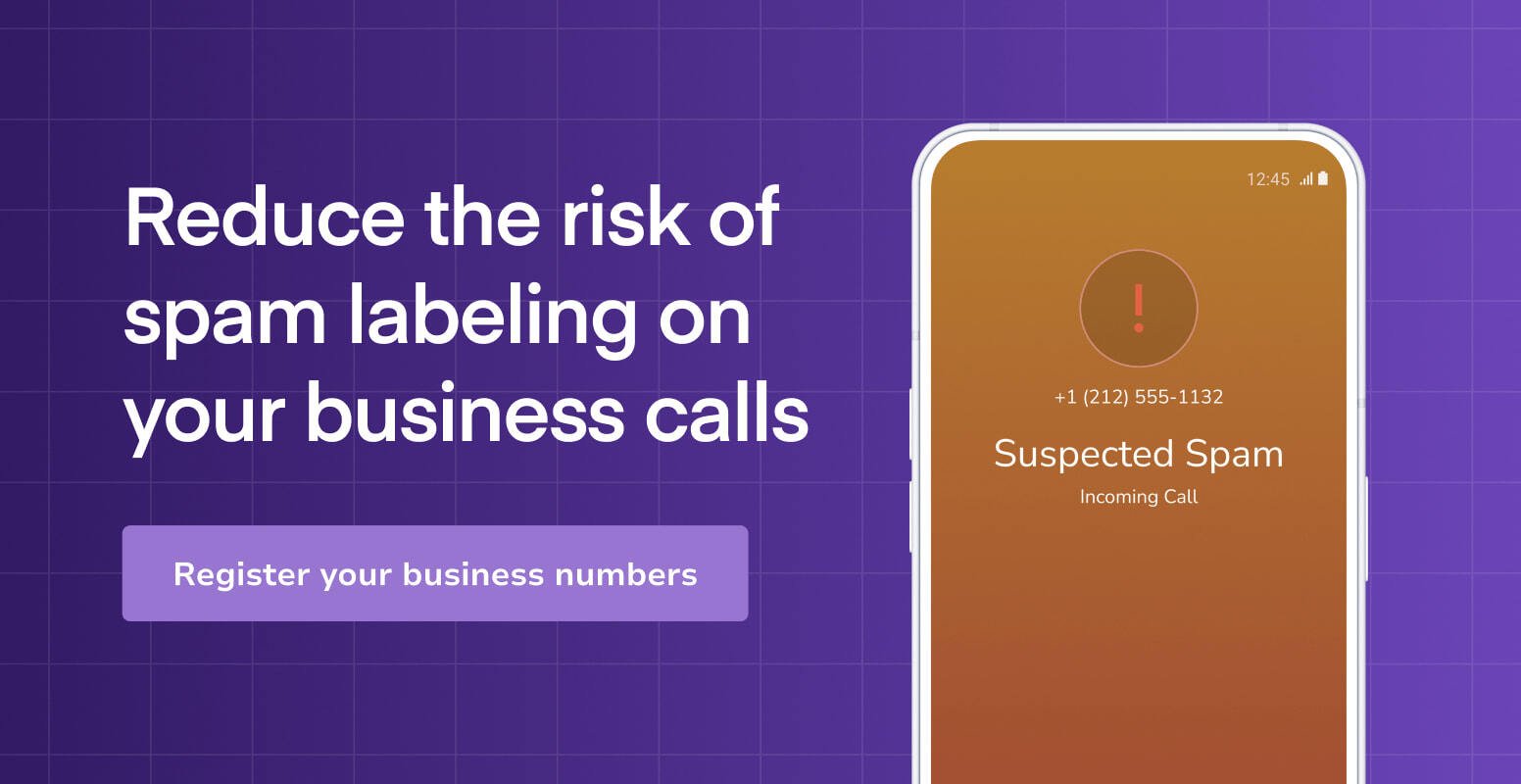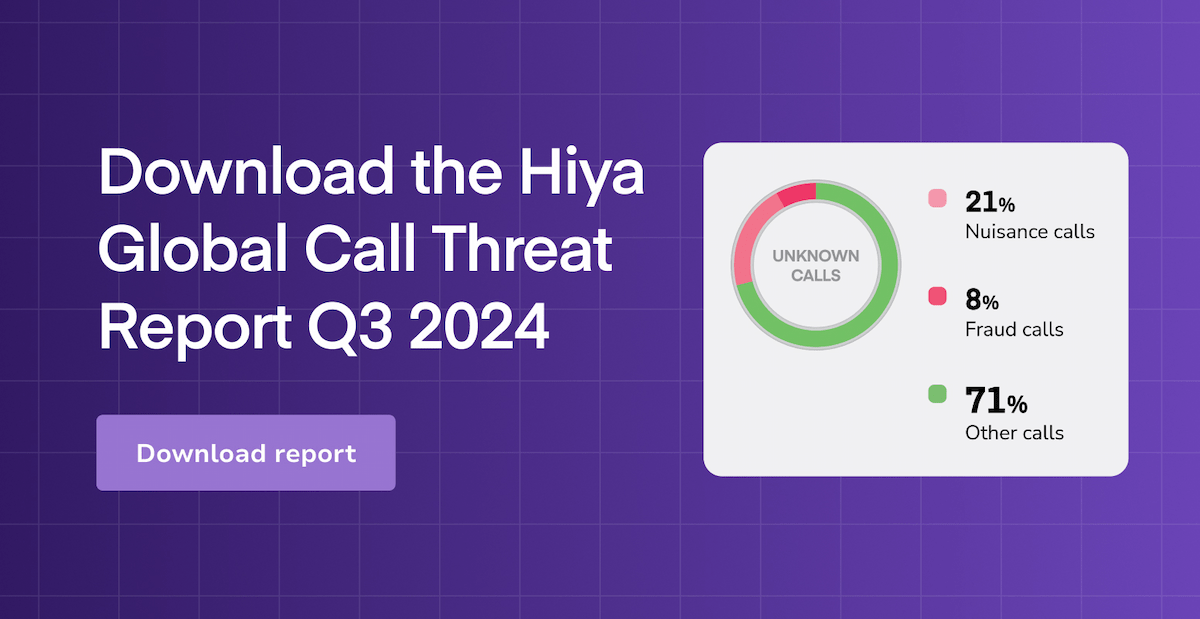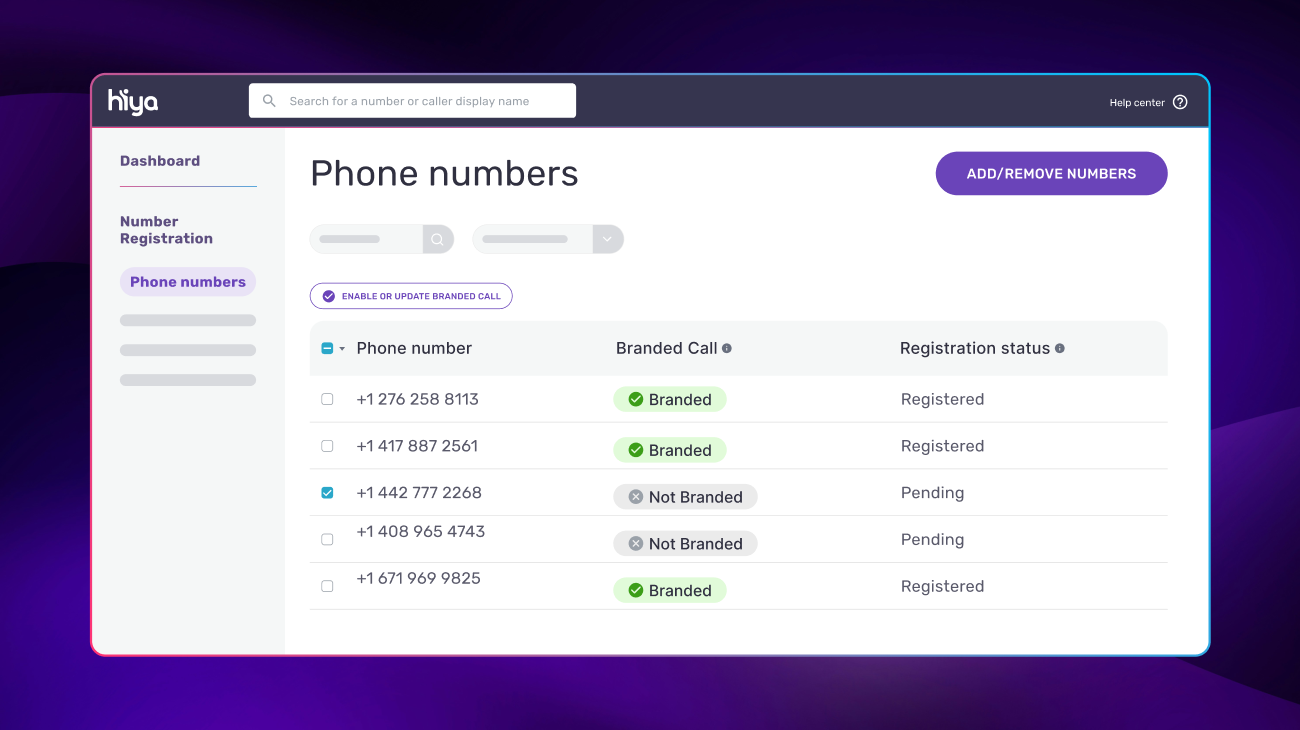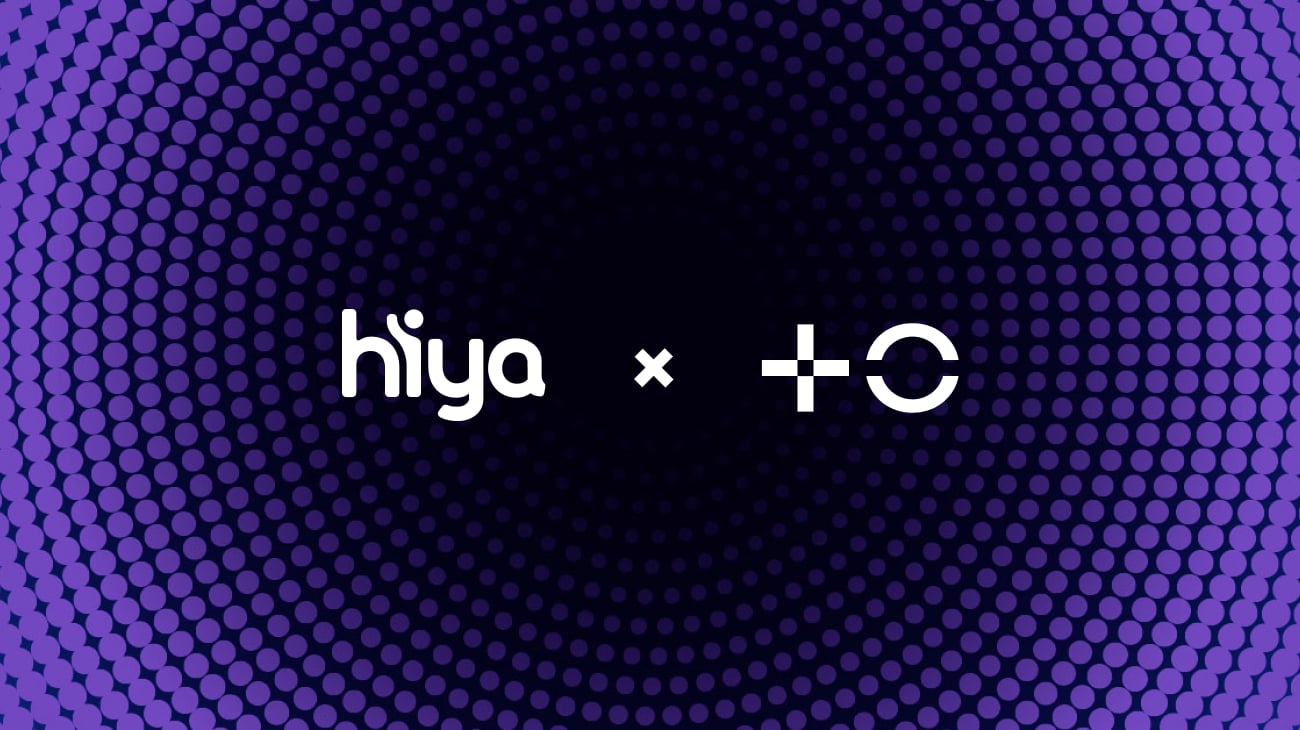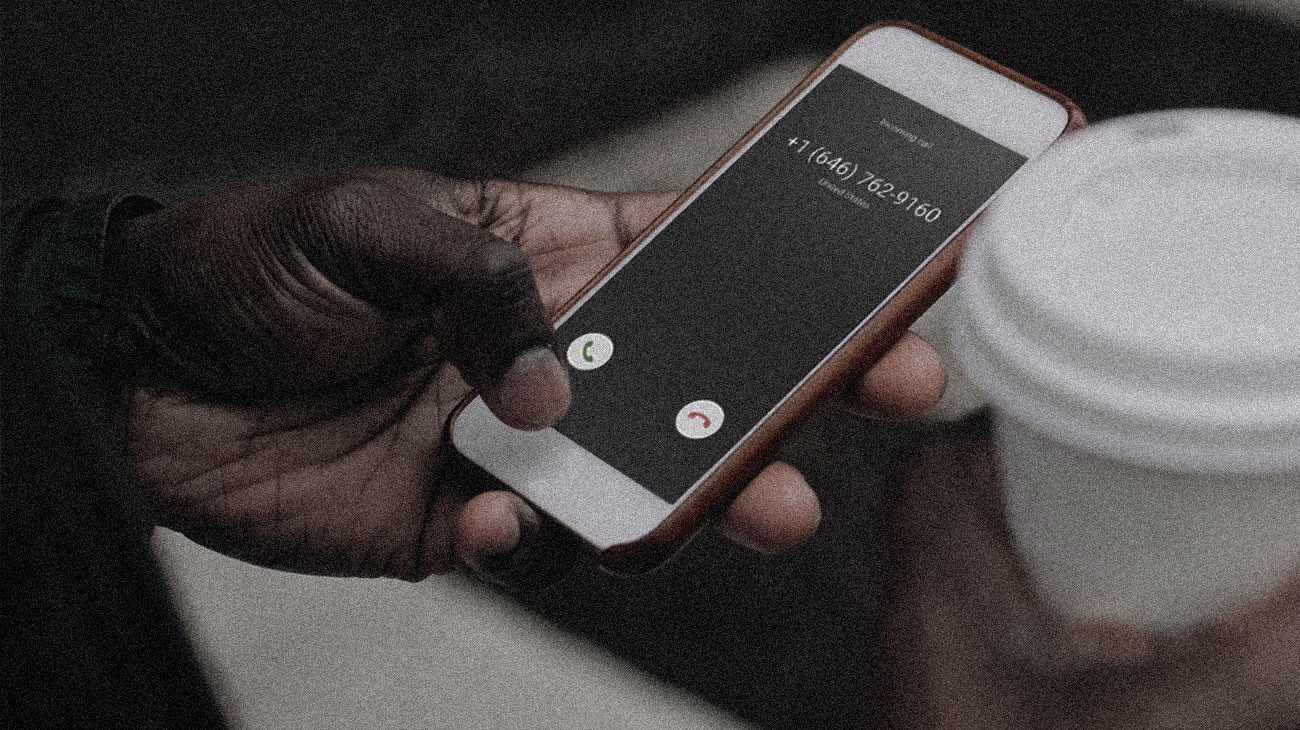
When caller ID was first introduced in the 1980s, it revolutionized communication. For the first time, people could identify who was calling before answering, giving them more control over their conversations. Caller ID made life simpler, helped avoid unwanted calls, and empowered people to make quick, informed decisions.
The evolution of caller ID
A lot has changed since the 1980s. Communication technology has evolved, customer expectations have shifted, and outbound call strategies have become more sophisticated. Meanwhile, traditional caller ID has remained largely unchanged—creating a significant challenge for contact centers making high volumes of outbound calls.
This challenge is what we call the caller ID blindspot—a problem that affects answer rates, customer trust, and, ultimately, your contact center’s performance. If your outbound calls aren’t being answered, and your team struggles with low connection rates, the caller ID blindspot might be to blame.
Let’s dive deeper into what the caller ID blindspot is, how it impacts your business, and, most importantly, how to fix it.
What is the caller ID blindspot?
The caller ID blindspot refers to the gap between the information traditional caller ID provides and what modern consumers need to trust and answer a call.
In its original form, caller ID simply displayed the phone number—and occasionally a name—of the caller. At the time, this was groundbreaking. But as spam calls and fraud grew, and consumer expectations for transparency increased, this limited information became insufficient.
Today’s consumers expect detailed, reliable information about who is calling, and traditional caller ID can’t keep up. This creates several key issues:
Three common problems with traditional caller ID

- Outdated or incorrect information: Caller ID databases, in countries where they exist, are not centralized and often contain incomplete or outdated data. Your company’s name may not show at all, or worse, it may display as “Unknown Caller” or an old business name. The result? Customers don’t trust the call and assume it’s spam or fraud—affecting speed to lead, conversion rates, and your ability to hit sales goals.
- No name at all: Sometimes caller ID won’t show a name at all. It may simply display a phone number or a generic location.
- Inconsistent caller identity: The same call may appear differently depending on the carrier or device. Without consistent branding, customers are less likely to trust the call or recognize your business.
These limitations create a significant blindspot for contact center leaders—one that can seriously affect performance and efficiency.
The business impact of the caller ID blindspot
If your contact center is struggling with low answer rates or poor connection metrics, you’re not alone. The caller ID blindspot is a common issue, but it comes with real consequences:
1. Reduced answer rates
Low answer rates are one of the biggest challenges contact centers face today. If prospects don't recognize your number, they’re unlikely to pick up the phone. This directly affects your speed to lead—the time it takes to reach a prospect after they’ve expressed interest.
Speed to lead is critical for conversions. According to industry research:
- 78% of customers buy from the first company to respond to their inquiry.
- Every minute of delay in reaching a prospect decreases your chances of converting them.
2. Poor customer experience
A customer’s first impression of your business might come from how your call appears on their phone. If the caller information is incomplete or inaccurate, it immediately damages trust. Customers expect transparency, and when they don’t get it, they’re less likely to engage with your business.
3. Frustrated and demotivated agents
Outbound agents rely on connecting with prospects quickly and efficiently. When they face constant rejection due to unanswered calls, it can lead to frustration and burnout. Low answer rates mean more retries, less productive conversations, and a negative impact on morale.
Why traditional caller ID falls short in today's world
Traditional caller ID was never designed to handle the complexities of today’s communication landscape. With the rise of spam calls and sophisticated fraud schemes, consumers are more cautious than ever. This skepticism has made it harder for legitimate businesses to stand out and connect.
Meanwhile, customer expectations have changed:
- Instant trust: People want to know who’s calling and why before they answer.
- Consistent brand experience: Customers expect the same level of brand recognition on their phones as they do on your website or social media.
- Real-time accuracy: Outdated or incomplete information is no longer acceptable.
Adding to this challenge, traditional outbound call software used in contact centers relies heavily on outdated caller ID systems. While these platforms are excellent at managing call lists, tracking metrics, and automating outreach, they still depend on obsolete caller ID technology to display information on customers’ devices. This means your call center cannot rely on the built-in caller ID solution to provide consistent, branded caller information. As a result, you have little control over how your calls appear, leaving your business vulnerable to mislabeling and low answer rates.
The solution? Modernizing caller ID to meet these expectations and integrating technology that allows you to take control of your outbound call display.
How branded caller ID solves the caller ID blindspot
Branded caller ID is the modern solution to the challenges of traditional caller ID. Instead of just displaying a phone number, it shows your company name, logo, and even the reason for the call—all in real-time on the recipient’s phone.
Key benefits of branded caller ID
- Increased answer rates
- Clear, recognizable caller information makes people more likely to pick up.
- Answer rates can increase by up to 30% or more with branded calls.
- Improved customer trust
- Seeing a verified business name and logo builds immediate trust.
- Customers are less likely to assume the call is spam.
- Consistent brand identity
- Ensure your business appears consistently across all carriers and devices.
- Reinforce your brand at every touchpoint.
- Better agent productivity
- Higher answer rates mean fewer retries and more productive conversations.
- Agents spend more time engaging with prospects and less time leaving voicemails.
How to know if your contact center needs branded caller ID
Ask yourself the following questions:
- Are your answer rates lower than expected?
- Are customers complaining that they don’t recognize your calls?
- Is your outbound team struggling to hit connection and conversion goals?
If you answered “yes” to any of these, it’s time to consider a branded caller ID solution.
Three steps to address the caller ID blindspot
1. Conduct a call inspection
Find out how your outbound calls appear on different devices and carriers. A call inspection can help you identify outdated caller information and inconsistencies.
2. Partner with a branded caller ID provider
Look for a provider that ensures accurate, consistent caller information across all carriers. The right partner will help you modernize your call strategy and improve answer rates.
3. Train your team on best practices
Educate your team on how to use branded caller ID effectively. Ensure they understand the importance of consistent branding and how it affects call outcomes.
Turn the caller ID blindspot into a competitive advantage
Traditional caller ID served its purpose for decades, but it’s no longer enough for today’s fast-paced, competitive contact center environment. The caller ID blindspot is a real problem—but it’s also a real opportunity.
By adopting branded caller ID, you can boost answer rates, build trust with your customers, and give your contact center the competitive edge it needs.
Take the first step today: schedule a free call inspection and see how your outbound calls appear to your customers.
@2x-2.jpg?width=632&height=421&name=Email%20Header%20Image%20(1200x600)@2x-2.jpg)
